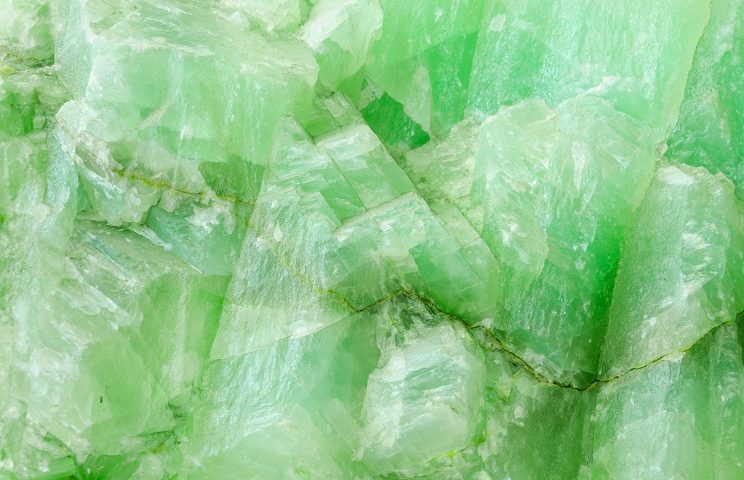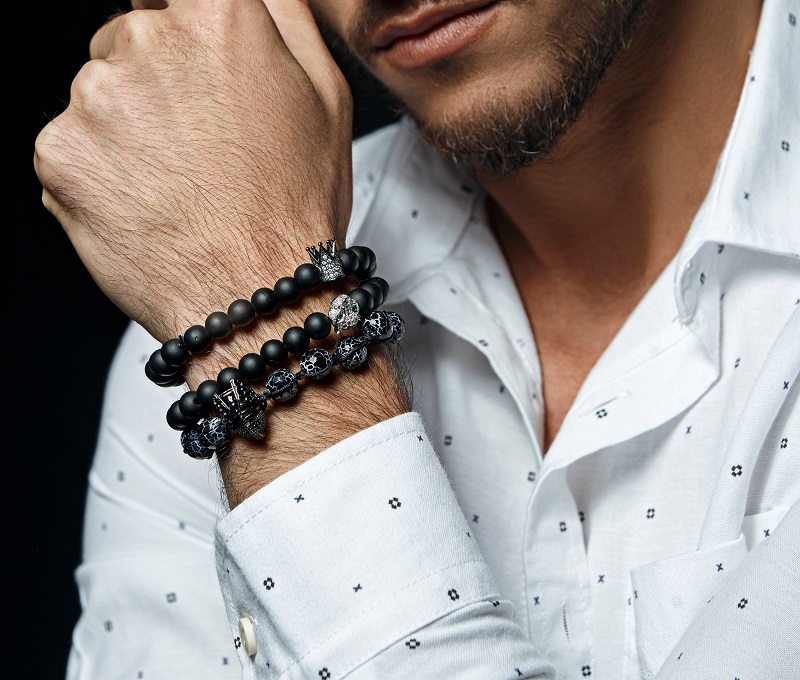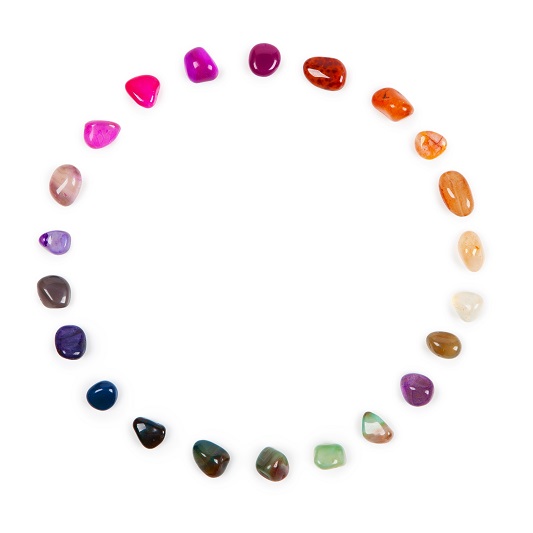Jade, Gemstone of the Week

Onyx Gemstone of the Week
26th January 2018
Amazonite Gemstone of the Week
9th February 2018Known and loved for over 7,000 years, Jade is one of the most popular green gemstones on the market today. When the stone was first discovered, it was used to create a variety of weapons and tools due to its incredible durability. Because of this, Jade was once more highly valued than gold in certain parts of the world. The name of the precious stone is thought to originate from the Spanish phrase ‘piedra de ijada’, which translates to ‘stone for the pain in the side’. Many historians believe that Jade was named this way because the natives of Central America used to hold pieces of the stone to their sides, with the hope that it could cure illness. In China, Jade is referred to as ‘yu’, which translates to ‘imperial’; because of this, Chinese culture considers Jade to be the imperial gem. Thousands of years after the stone was first discovered, it became apparent that Jade was not a single mineral; In actual fact, the stone was two separate minerals which we now know as Jadeite and Nephrite. In this article, we explore the precious gemstone in more detail.
How to Identify Jade
In most circumstances, Jade can be identified by its hardness and density. However, distinguishing the stone by appearance alone can often be difficult. Because of this, there are many gemstones on the market today that are being fraudulently sold as Jade. For trained professionals, the most reliable way to distinguish Jade from similar materials is by testing its specific gravity. When it comes to identifying Jadeite from Nephrite, the easiest solution is to conduct a chime test. Unlike Jadeite, when a specimen of Nephrite is struck it gives off a musical tone.
There are a variety of substances with a similar appearance to Jade, so being able to identify the stone is important. Some of the commonly confused substances are Serpentine, Agalmatolite, Actinolite, Amazonite, and Californite. Serpentine is generally much softer than Jade, as well as being less dense and having a greasy outer coating. Agalmatolite and Actinolite hold a different chemical composition to Jade, so professionals can distinguish between the three with ease. Amazonite has a much lower density than Jade. Californite has a tetragonal crystal system, while Jade holds a monoclinic structure, instead.
Different Colours and Types of Jade
As mentioned previously, two separate minerals can be identified as Jade. Out of the two, Nephrite specimens are the most common. The colour of Nephrite generally ranges from mid-green to dark-green, although the stone can sometimes emit white, yellow, or red tones. Measuring at 6.5 on the Mohs scale, Nephrite is slightly softer than Jadeite, which scores a 7. Another difference between the two minerals is their chemical composition. Jadeite is sodium aluminium silicate, while Nephrite is calcium magnesium iron silicate. The minerals also hold different crystal structures; Jadeite is made up of an array of grainy crystals, while Nephrite is crafted from interlocking fibrous crystals. Due to the dense structure of Nephrite, the mineral is seen as being the more durable of the two.
Where is Jade Found?
Today, Nephrite is more commonly occurring than Jadeite. Nephrite Deposits are still found in Australia, Brazil, New Zealand, China, Canada, Russia, Zimbabwe, Alaska, and Poland. Today, most of the Jadeite on the market is mined from Myanmar, though smaller deposits are found in Canada, Japan, Guatemala, Russia, Turkey, Cuba, and the USA, too.
Healing Properties of Jade
Often seen as a stone of serenity and purity, Jade is popular for use within crystal healing. The gem is thought to increase love and nurturing, making is popular amongst new parents and families. A stone of protection, Jade protects the beholder from illness and injury, as well as bringing harmony to all aspects of the wearer’s life. Additionally, the gem is thought to attract good luck and promote long-lasting friendship. Promoting self-sufficiency and stabilizing the personality, hormonal teenagers and young adults may benefit from wearing a piece of Jade. Boasting the ability to soothe the mind and let go of negative thoughts, Jade is also beneficial for those suffering from anxiety and depression. By aiding the release of unwanted emotions, a good-quality piece of Jade can help the beholder to combat a variety of mental illnesses.
Ideal for those suffering from Kidney diseases, Jade improves the body’s filtration and elimination organs. The gem can also be used to balance body fluids and the acid-alkaline ratios, too. Aiding the release of toxins from the body, the stone is great for those participating in various types of body cleanse. The precious stone is also thought to combat reproductive disorders – especially those experienced by men. Additionally, Jade is believed to assist childbirth, helping to alleviate pain and make the process go as smoothly as possible. Jade is also popular for use after childbirth – particularly amongst new mothers who are scared of not knowing how to parent their new arrival.
In Summary
Good-quality Jade is popular worldwide. Today, Nephrite is sourced from various locations worldwide including Australia, Brazil, China, and Poland. Jadeite, however, is mainly mined from Myanmar. Popular for its healing properties and lustrous appearance, Jade is often used in gemstone jewellery. Whether you’re hoping to use the stone for its benefits within crystal healing or you’re looking for a beautiful new addition to your jewellery collection, purchase a good-quality piece of Jade to reap the benefits.




